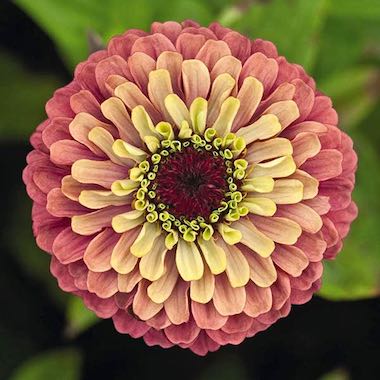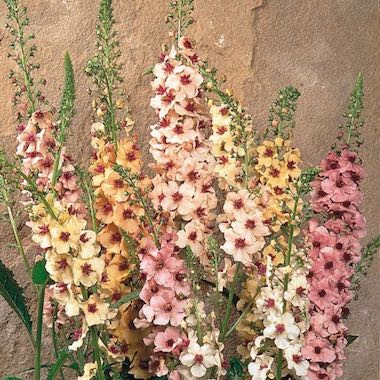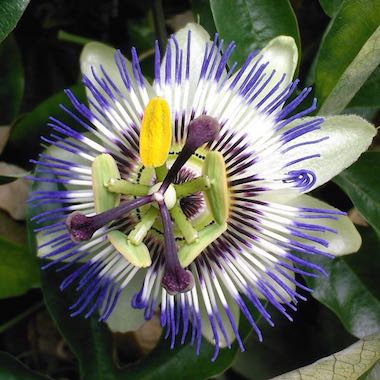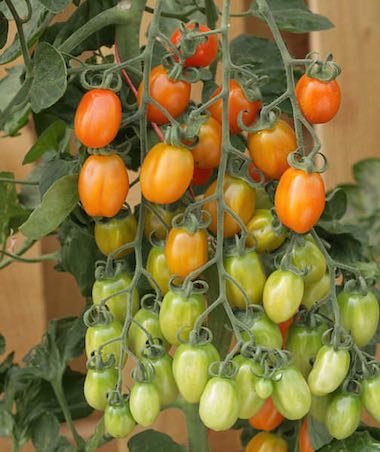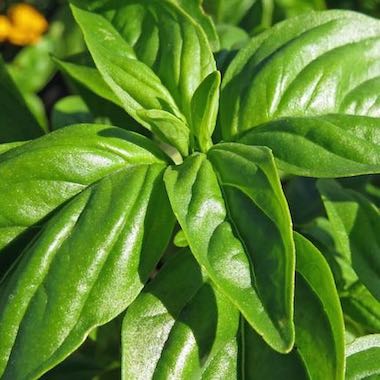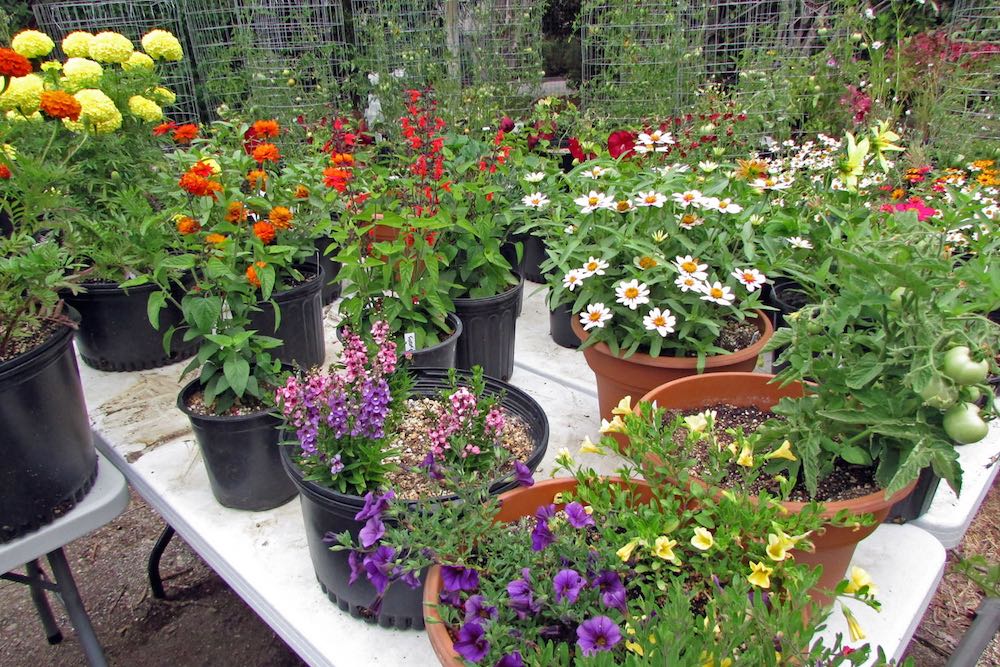
This past Monday the shadow of the moon moved swiftly West to East across the North American continent. In our home just North of San Francisco, we experienced a partial solar eclipse, with 78% of the sun's central disk blocked by the moon at 10:15am local time. Cloud cover blocked our view, still the light generated by the solar eclipse was interesting in itself. The quality of the light was soft and warm, and shadows cast were unusually sharp.
In the Swallowtail Garden Seeds test garden, flowers seemed to glow in the light of the solar eclipse. The photos on this page were taken during a 60 minute period, beginning at the peak of the August 21, 2017 solar eclipse.
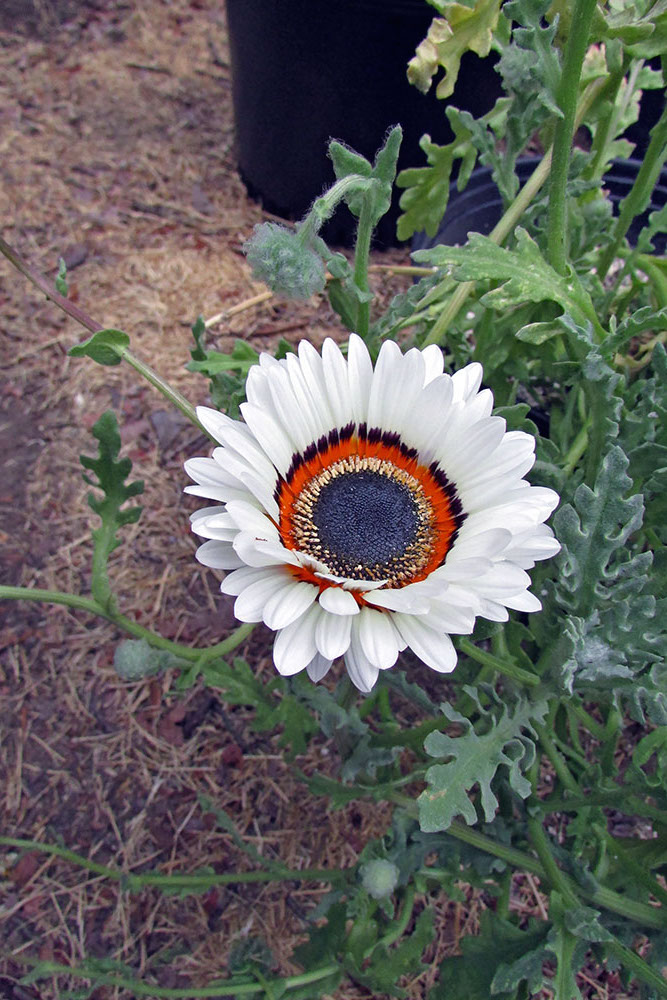
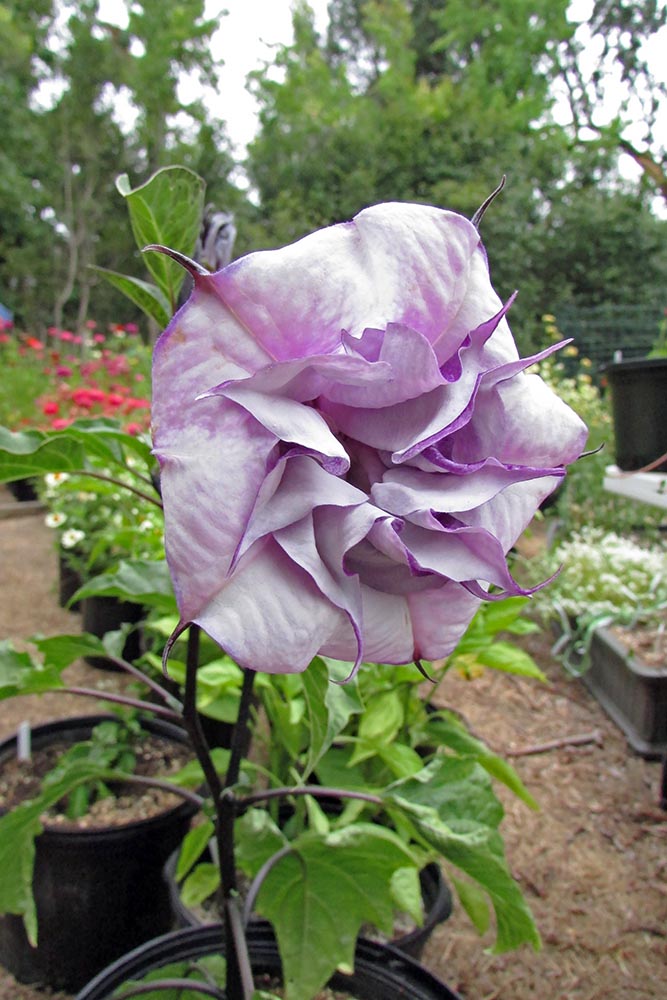
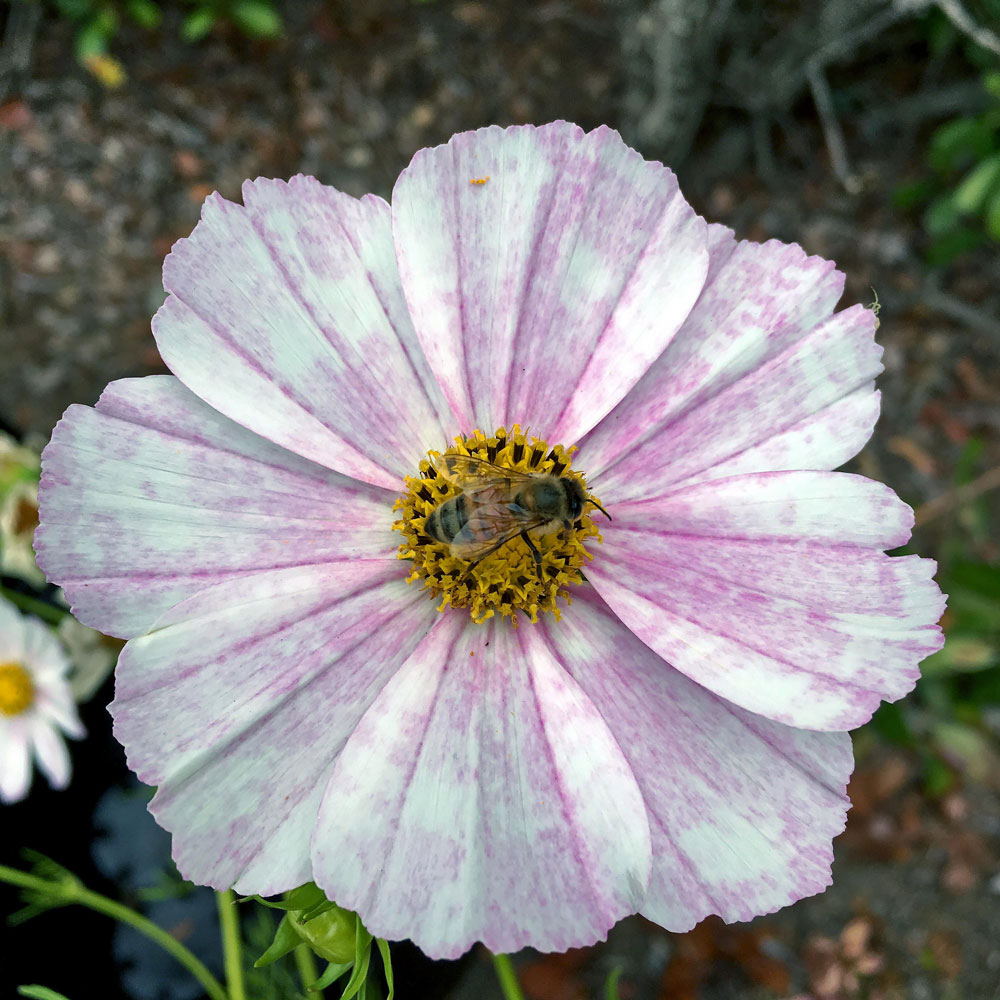
Left to right: Cape daisy, Blackcurrant Swirl Angel's trumpet, and Versailles Flush cosmos.
White flowers can be difficult to photograph with the point and shoot cameras and camera phones we use, as light is frequently reflected into the camera lens, causing our images to distort. When we take photographs on cloudy days reflected light is less of an issue, taking photos on a cloudy day during a solar eclipse lend better results still.
Cape daisy flowers are held on long, lax stems. The ferny gray green foliage is finely divided. Flowers open in the morning and close at night. We thought the cape daisy flowers might begin to close during the solar eclipse, but they remained though open for the duration.
Blackcurrant Swirl Angel's trumpet plants have large, pointed, blue green leaves. Showy purple flower buds point toward the sky, and are followed by huge double and triple white flowers infused with lavender.
Versailles Flush cosmos hold large, 4 inch white flowers blushed and blotched rose pink. We did not know if bees would return to the hive during the solar eclipse. The bee shown working at the center of the Versailles Flush flower suggests they continued to be active.
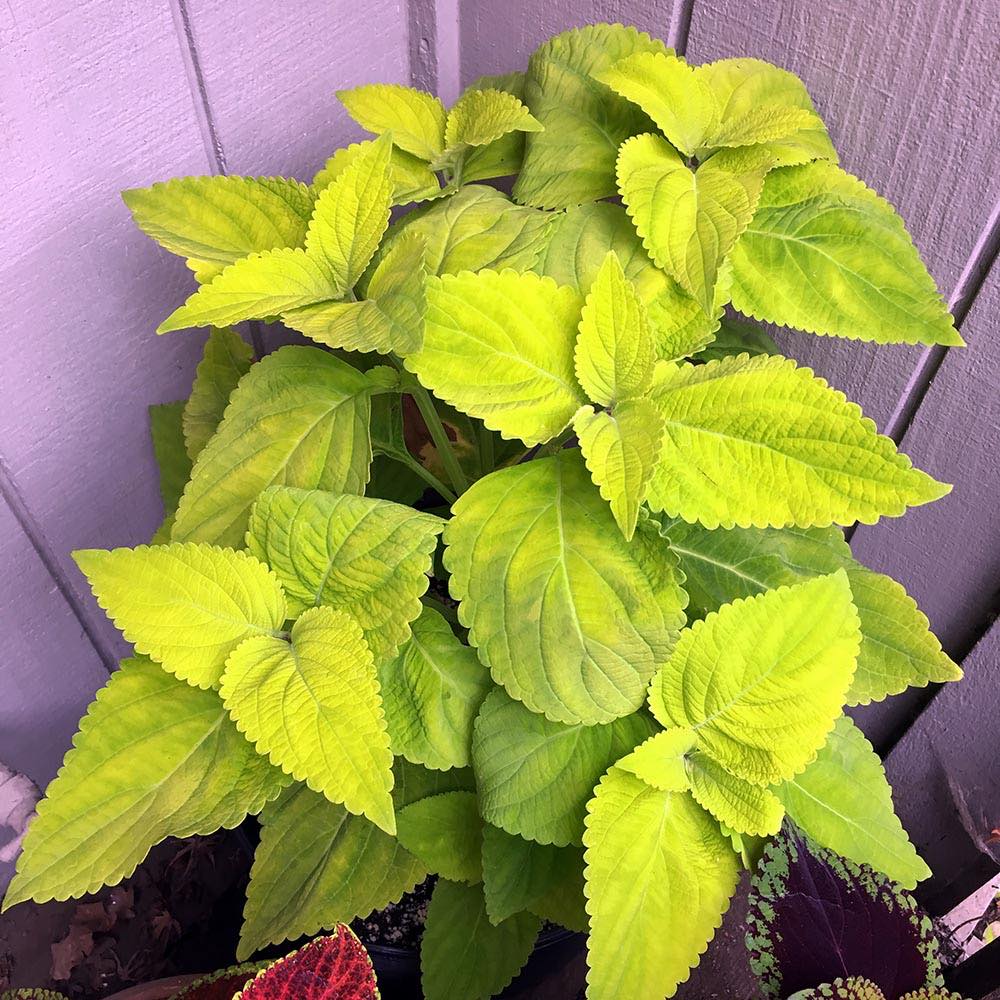
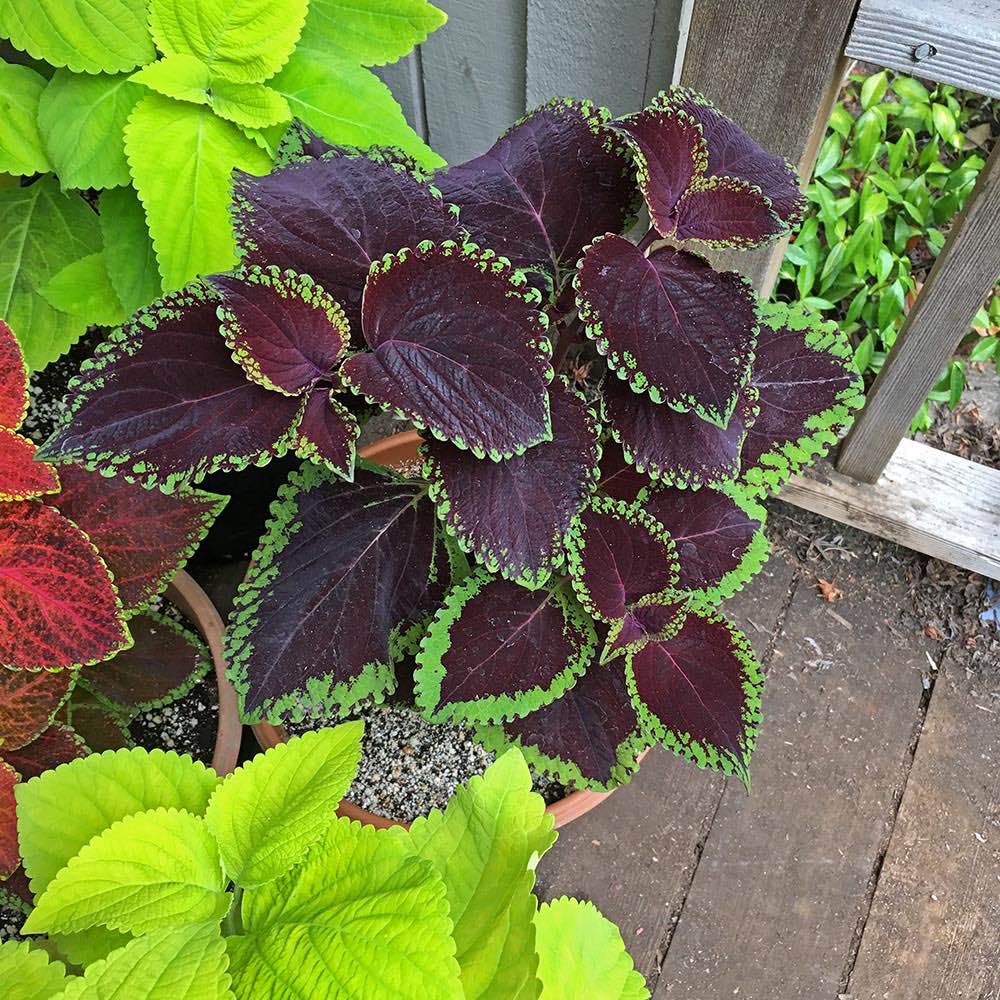
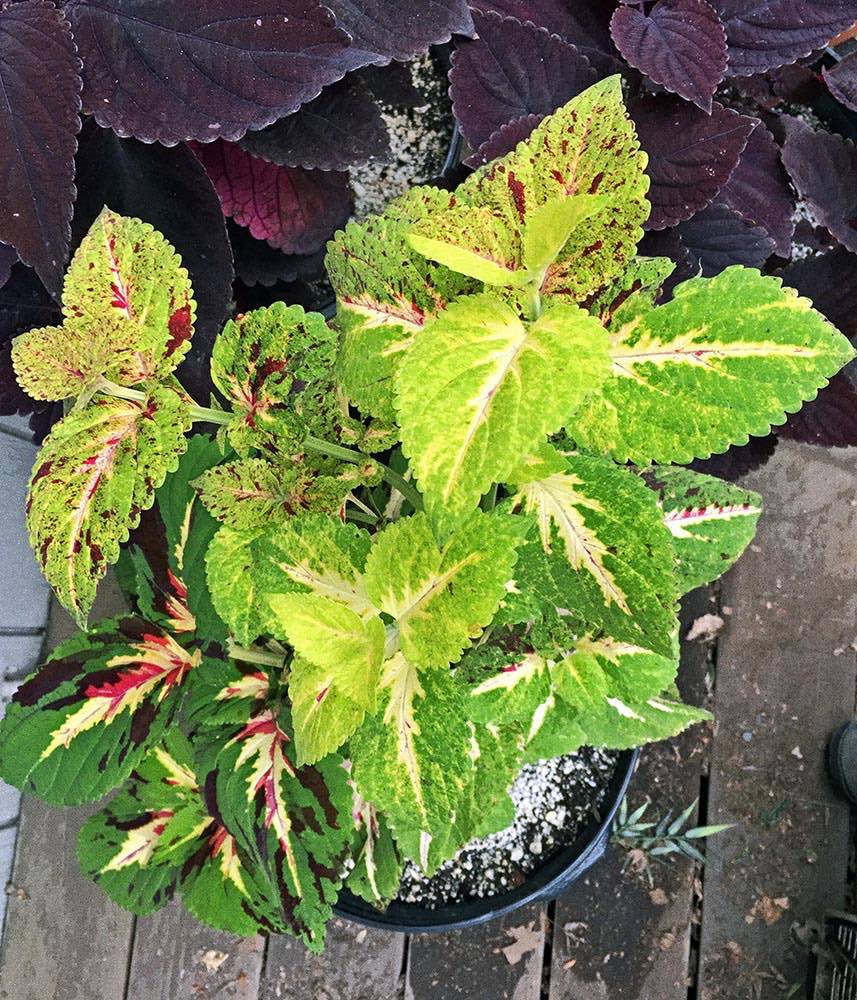
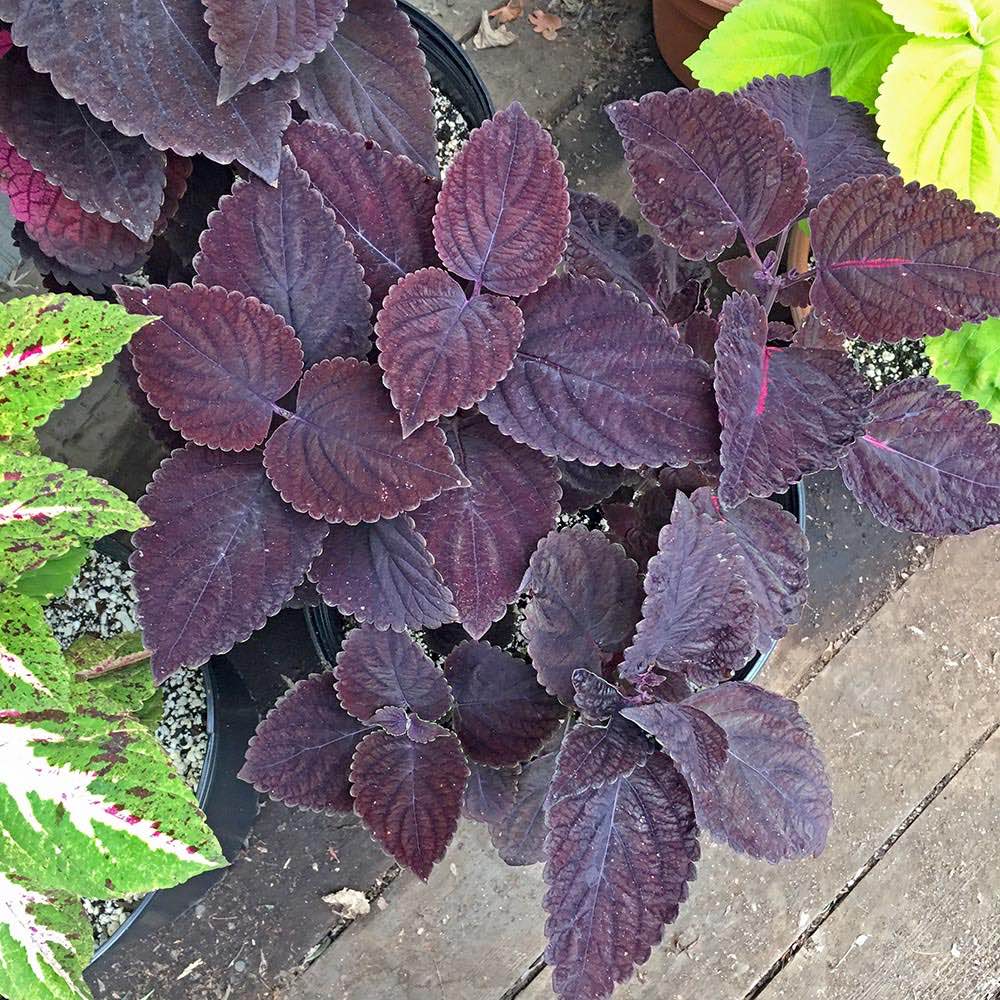
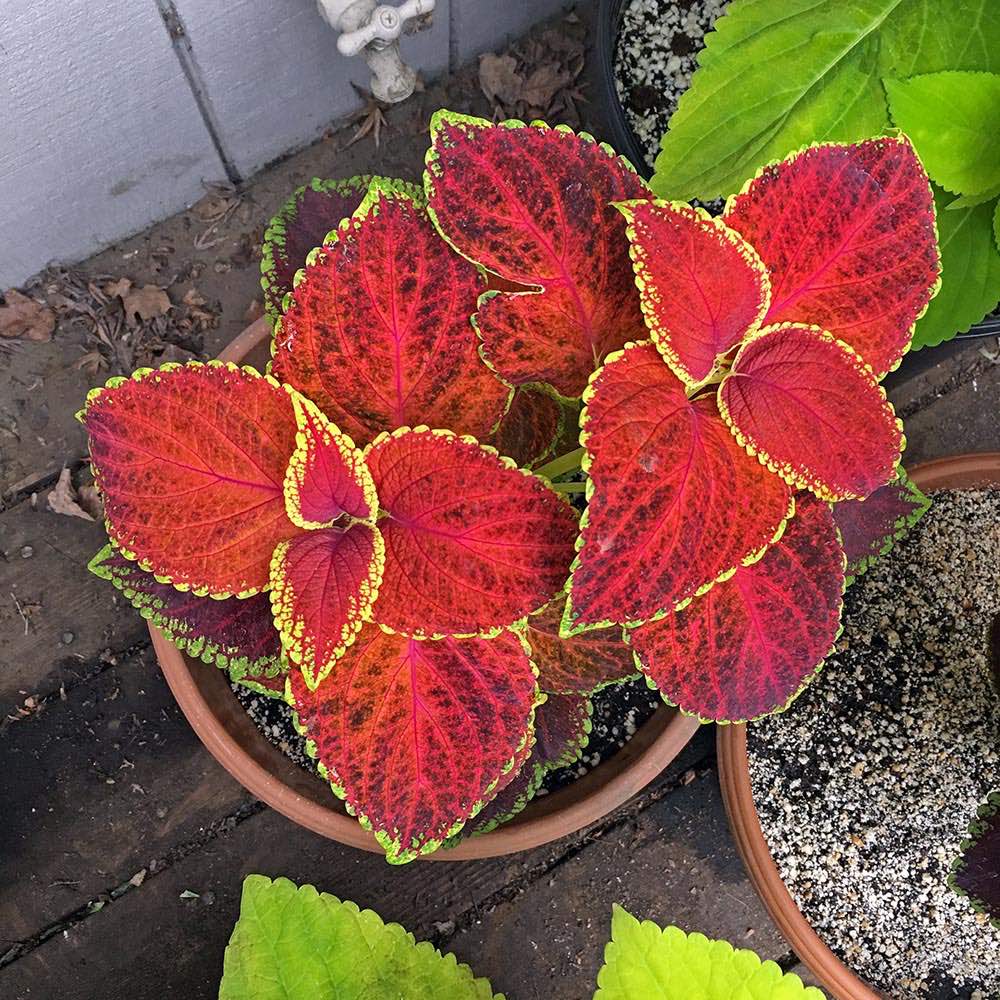
Giant Exhibition coleus. Left to right: Limelight, Magma, Marble and Multicolor, Palisandra, and Rustic Red.
Giant Exhibition Limelight coleus plants grow the biggest leaves, the largest of which reach over 8 inches long and 6 inches wide. Limelight foliage reflects light like tinfoil, and will illuminate shaded areas of the garden. The deeply colored leaves of Magma and Palisandra look especially luscious when grown against a backdrop of Limelight.
Giant Exhibition Magma is an elegant jewel. It is perhaps the most photogenic coleus we have grown. The deep maroon purple leaves are at once lively and tranquil. Giant Exhibition Magma is my favorite coleus variety of the 2017 season.
Giant Exhibition Marble shows much variation in foliage color. Leaves are marbled most often, occasionally color is more or less solid, and sometimes half a leaf is marbled, the other half not. A Giant Exhibition Multicolor coleus shares the pot and can be seen at the bottom left. Multicolor's non-fade leaves are always clean and bright, with steadfast color no matter the light.
Give Giant Exhibition Palisandra coleus morning sun, and leaves color a rich, deep purple. An exhilarating neon bolt will at times infuse the main vein. Give Palisandra too little light, plants may shade towards a dull and dreary brown.
Giant Exhibition Rustic Red is a fiery coleus with orange red foliage. New leaves emerge decidedly orange, then shade towards red as leaves mature.
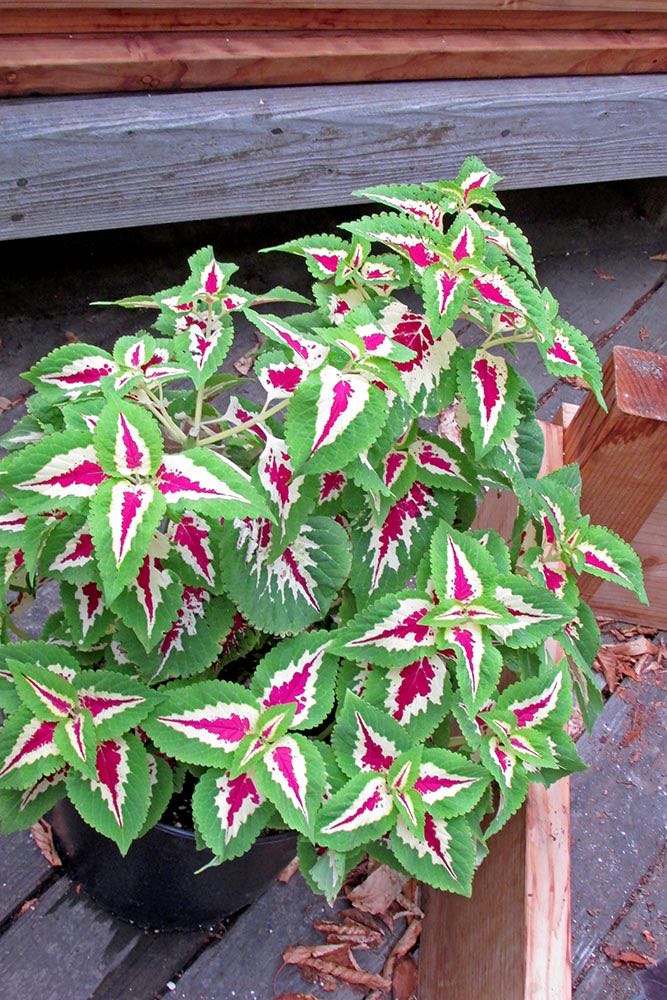
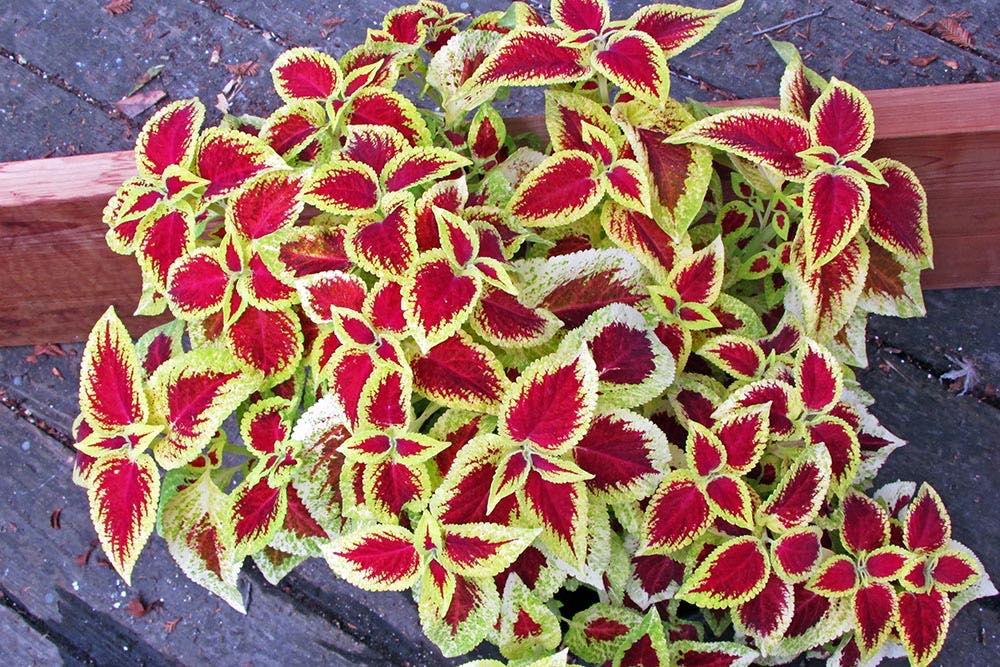
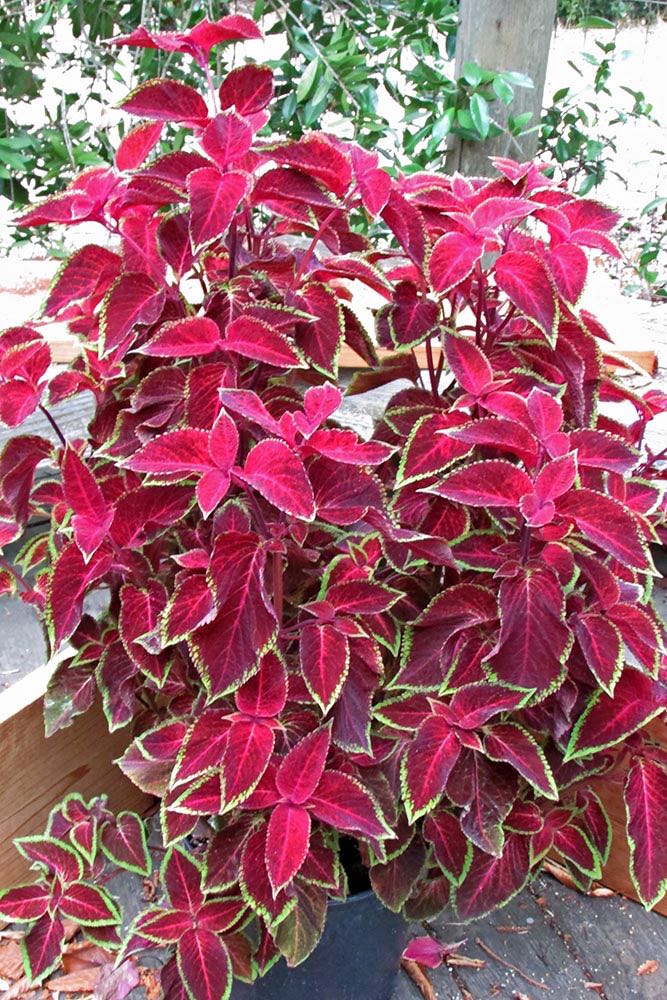
Wizard coleus: Left to right: Rose, Scarlet, and Velvet Red.
Wizard Rose coleus is vigorous, bright, clean, cheerful and oh so showy. Plants reflect light well, can light up shady parts of the garden.
When Wizard Scarlet coleus is grown in morning sun the scarlet red leaves boil blistering hot. Plants are extremely showy and super photogenic. A pleasure to grow.
Wizard Velvet Red coleus is a strong grower that can take a good amount of sun. The plant pictured provides a good example of how sunlight will effect leaf color. The leaves at the top of the plant are exposed to direct sun, leaves show less veining and thinner green margins when compared to the foliage growing in the shade toward the bottom of the plant.
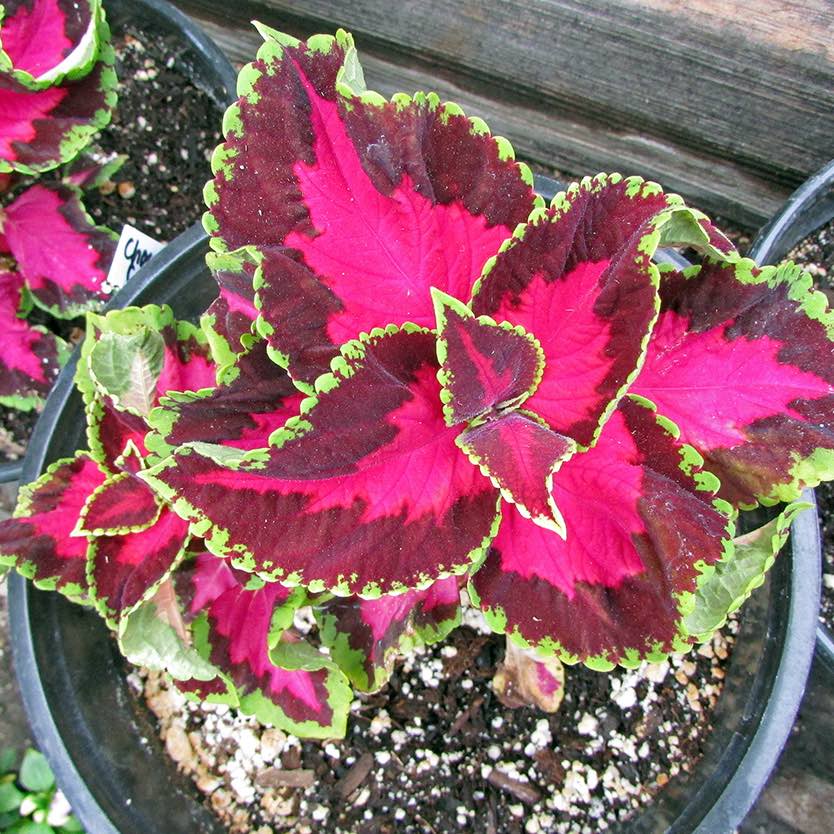
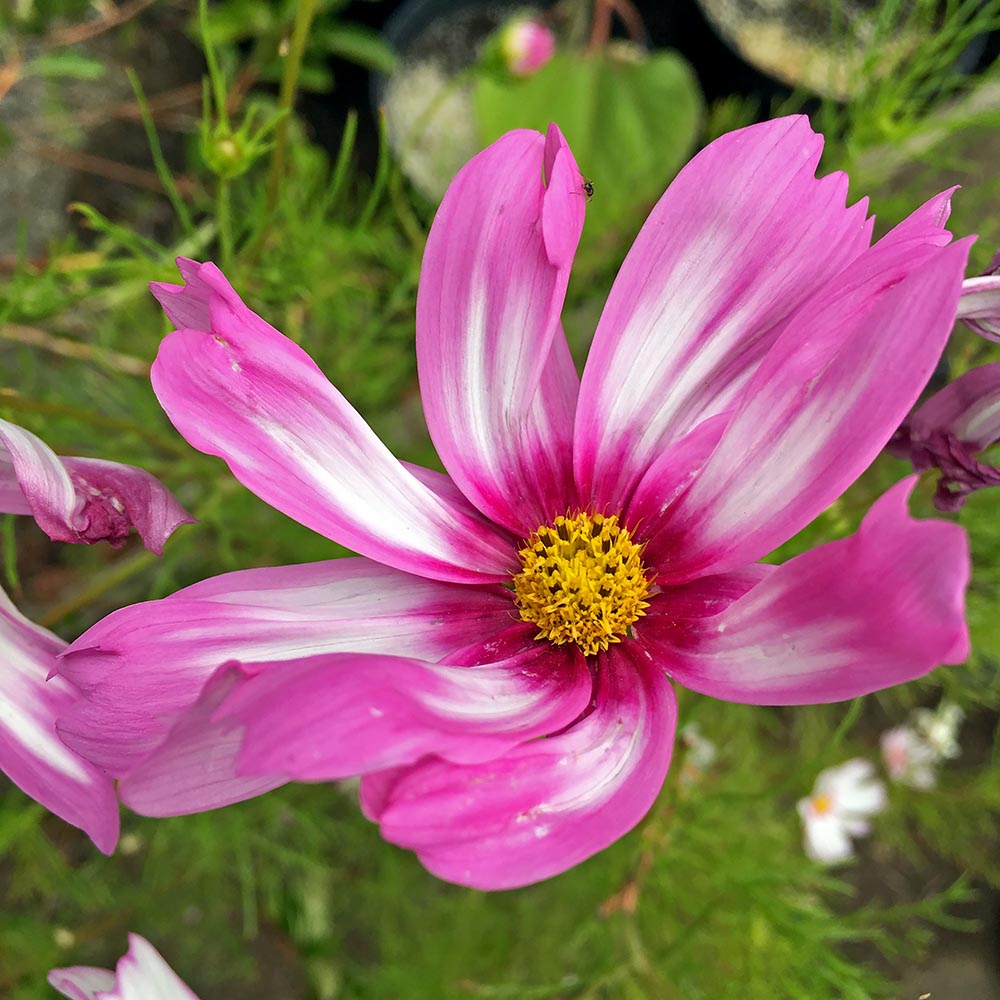
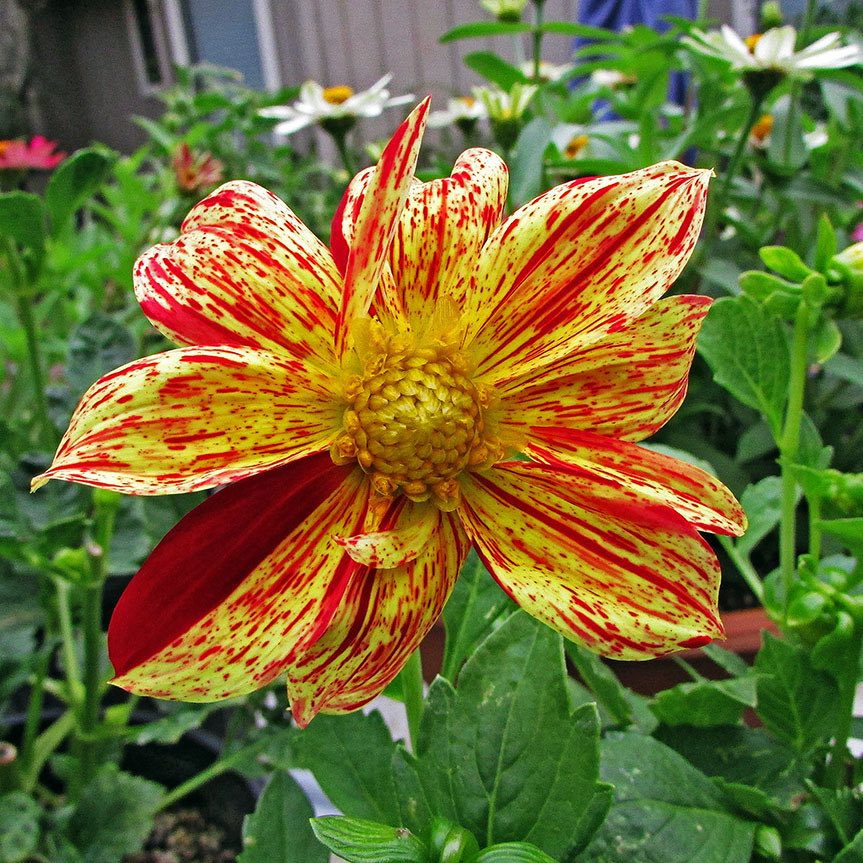
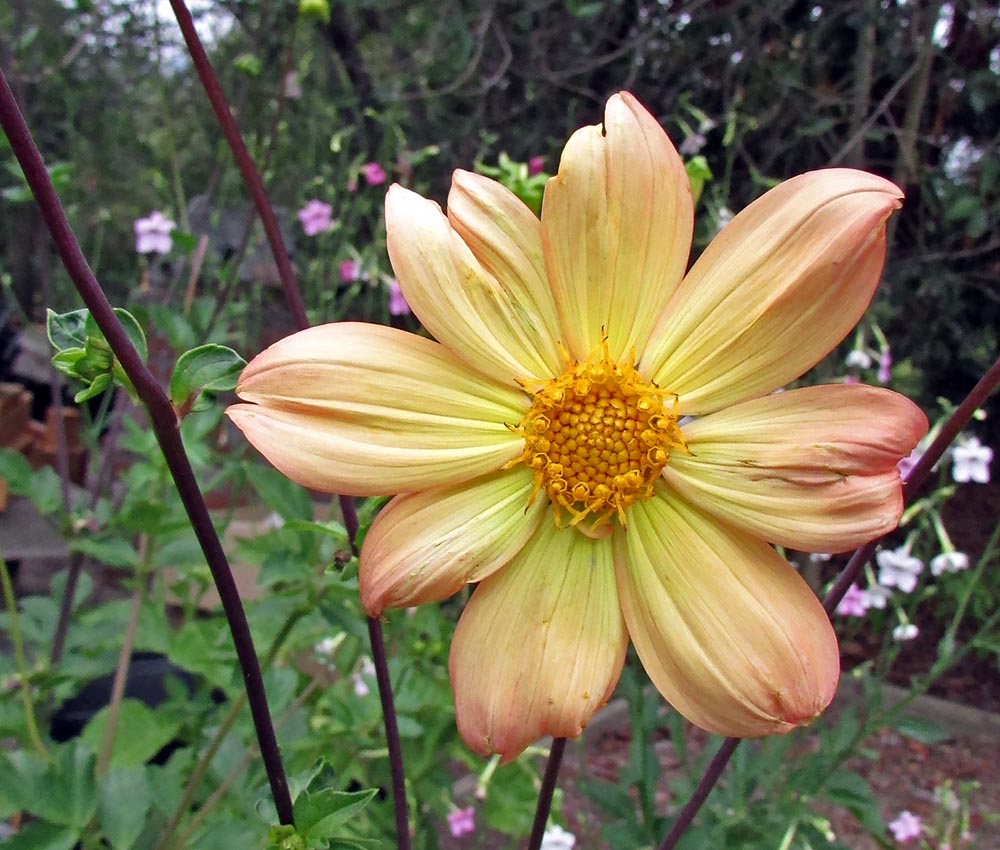
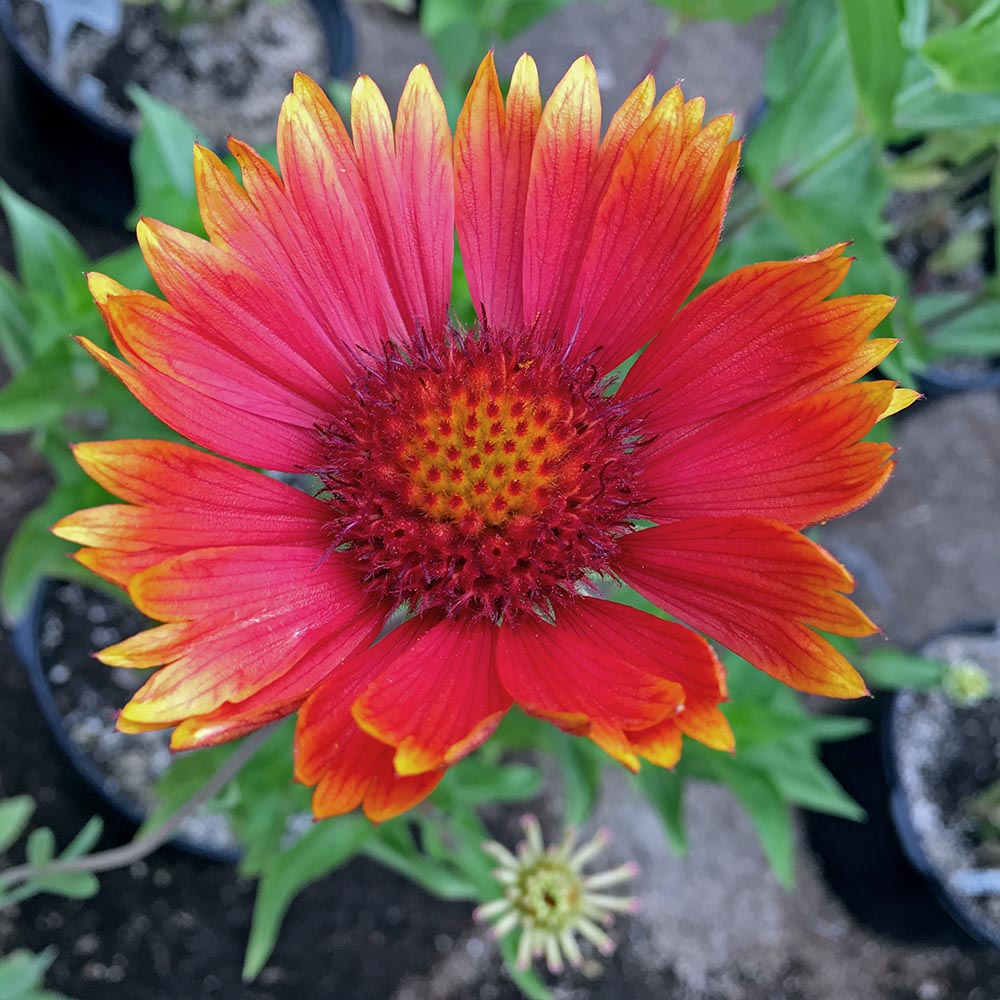
Left to right: Chocolate Covered Cherry coleus, Capriola cosmos, Fireworks dahlia, Species Mix dahlia, and Tokajer gaillardia.
Chocolate Covered Cherry coleus by its coloring strikes me as a plant hybridized on Venus, comfortable with 863 °F days, and sulphuric acid clouds. The eyeball scorching colors represented by this photo are accurate. Chocolate Covered Cherry coleus is a plant to prize, yet to be placed in a location where it will not overwhelm.
Our Capriola cosmos are 2½ feet tall, producing white, frequently twisted flowers edged in the hottest of hot pinks.
Fireworks dahlias flowers sit atop tight, compact 12 inch plants. Flower colors and patterns are highly variable.
Species Mix dahlia reach for the sky. A large single creamy copper flower on on 2+ foot stems. Yeah, that is definitely for me.
Tokajer gaillardia flowers are quite appealing. We like to watch these mango colored beauties gracefully glide in the wind, 2 feet above the foliage.
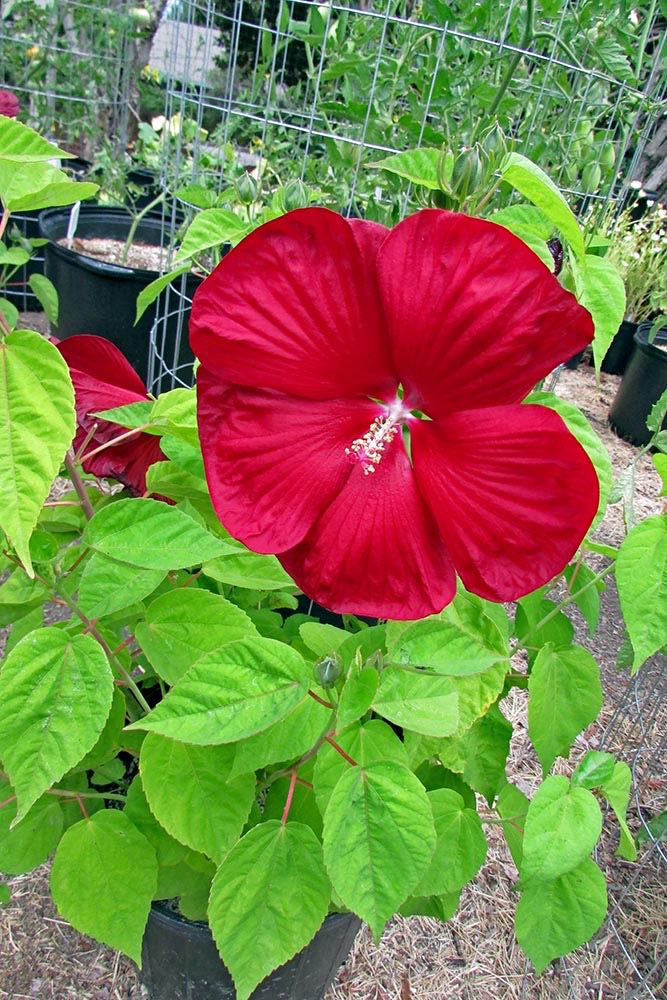
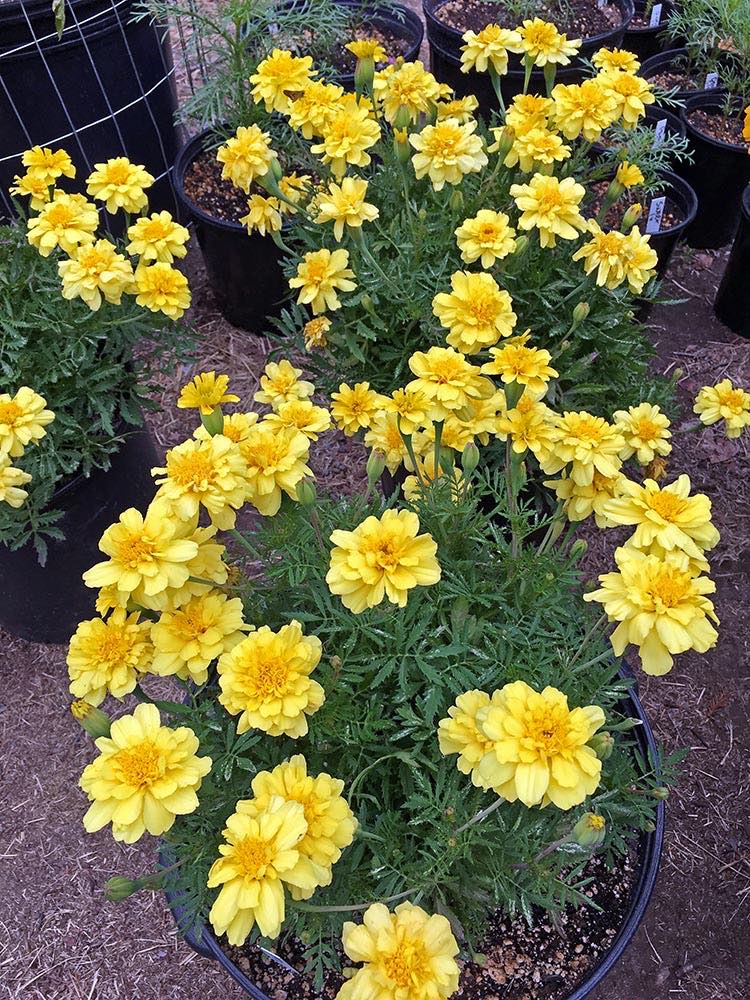
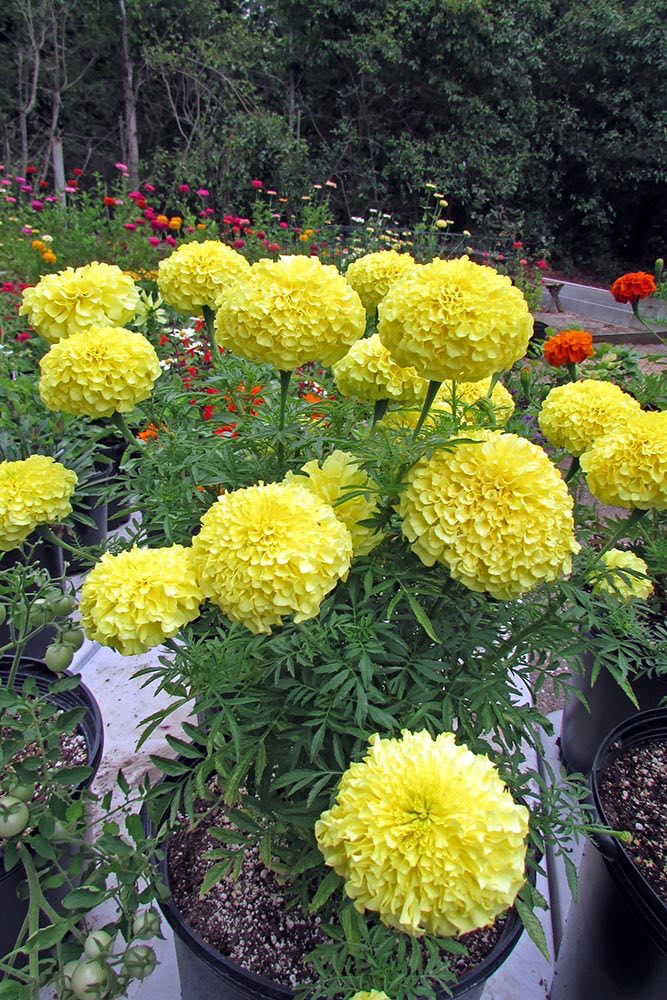
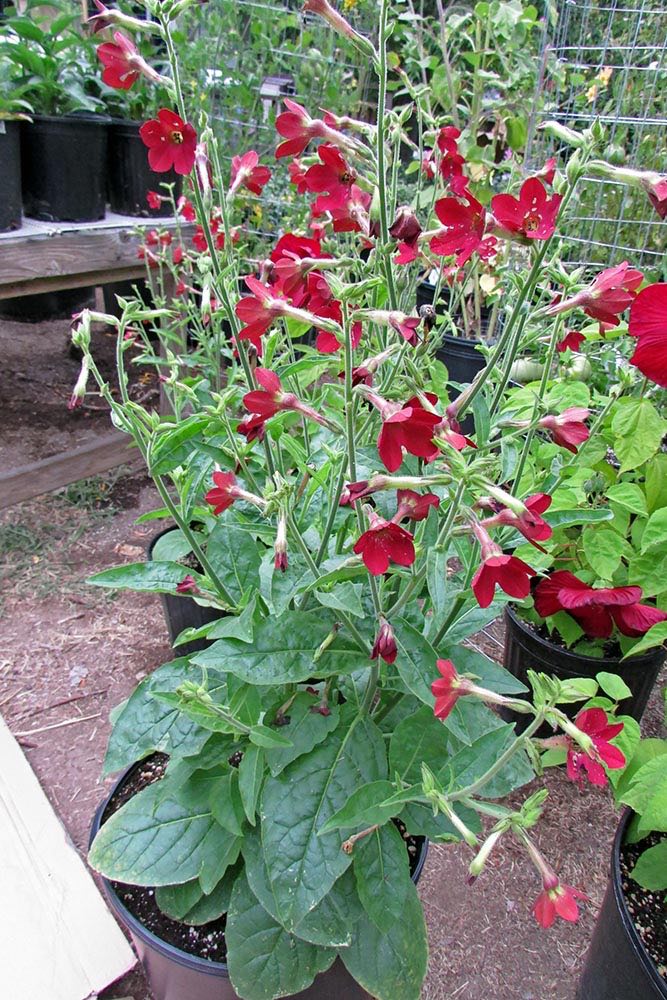
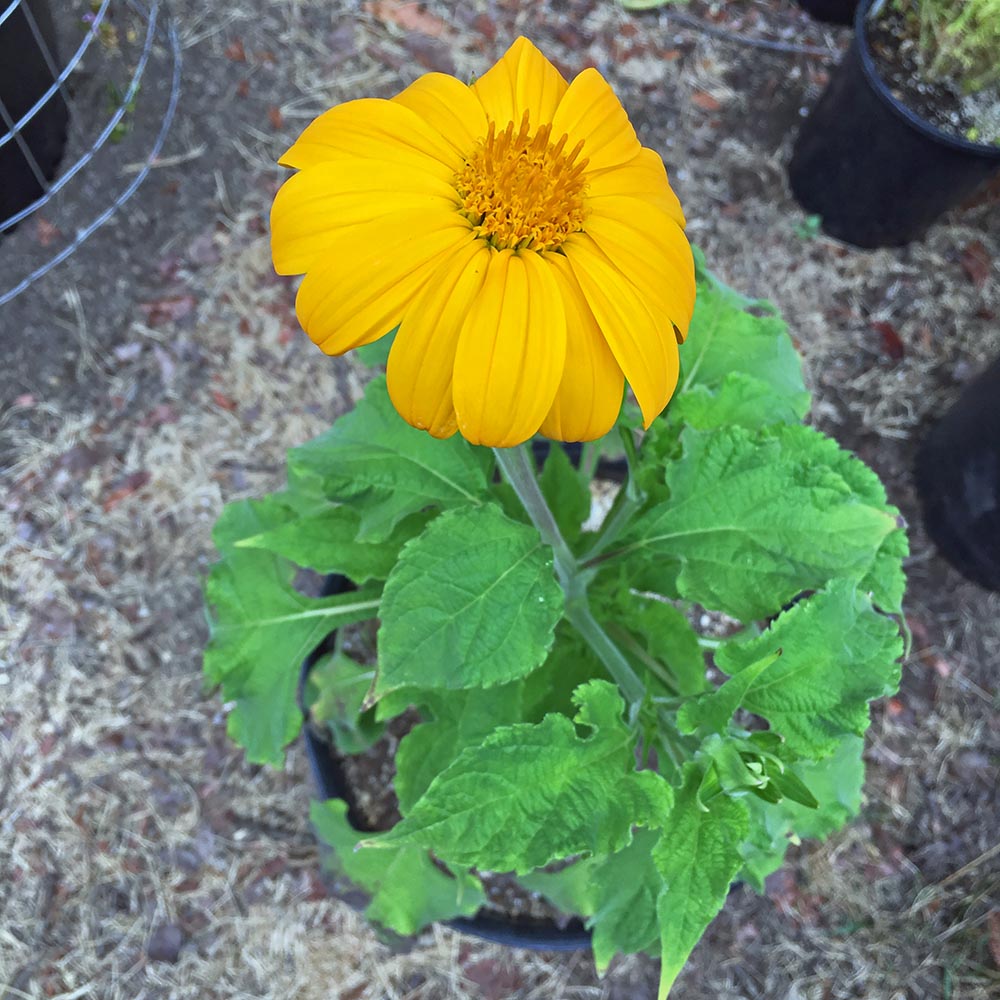
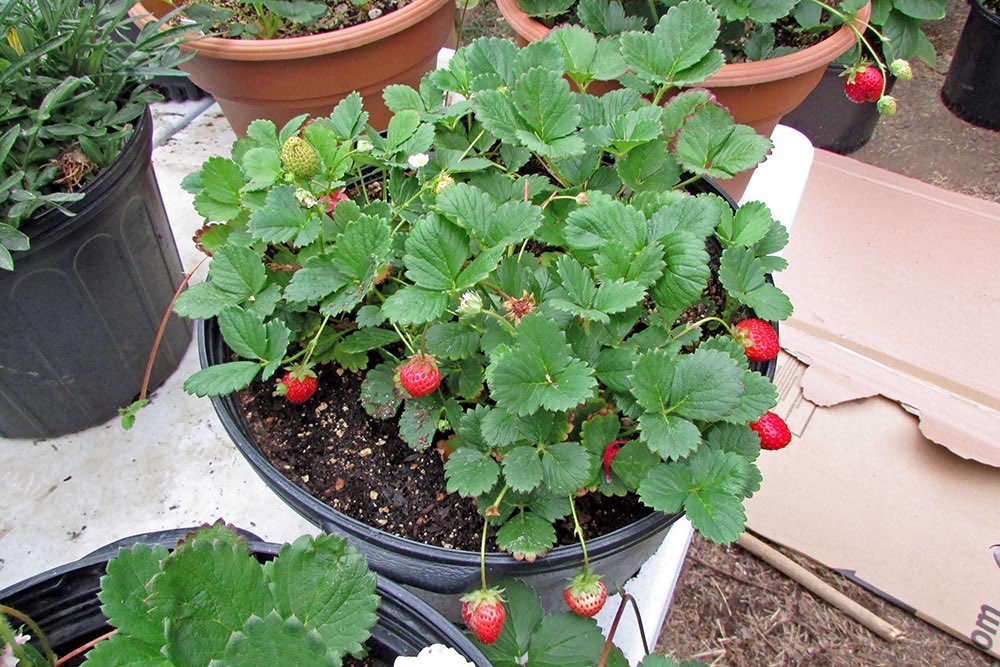
Left to right: Honey Moon Deep Red hibiscus, Alumia Vanilla Cream marigold, Inca 2 Primrose marigold, Baby Bella Antique Red nicotiana, Yellow Torch tithonia, and Loran strawberry.
The enormous flowers of Honeymoon Deep Red hibiscus are silky smooth. The ripples in the petals provide needed definition. These ripples are hard to catch unless the light is just right. Is it just me, or does this hibiscus look like a person changed into a flower by some enchantress?
Alumia Vanilla Cream marigolds plants grow remarkably round, and are covered in cheerful soft yellow blooms.
Can't say enough about Inca 2 Primrose marigolds. Flowers are huge and long lasting. Visitors are often drawn into our garden by viewing these big and bright blooms.
Baby Bella Antique Red nicotiana has been a revelation. Plants are tall but are neat and do not flop. Bloom is heavy over a long period. Baby Bella Antique Red nicotiana is one of the top performers in the 2017 Swallowtail Garden Seeds test garden.
Yellow Torch tithonia is a somewhat coarse plant and yet is surprisingly handsome. It has just now begun to bloom, producing flowers in a luscious shade of apricot.
Our Loran strawberries were sown in mid April, about 4 months ago. Plants are now loaded with creamy textured, extra sweet berries. Yum.
The August 21, 2017 solar eclipse was an exciting time for us in Santa Rosa, Ca. - science was brought into our homes, and for a couple of hours a soothing, soft and warm light lit up our gardens.


